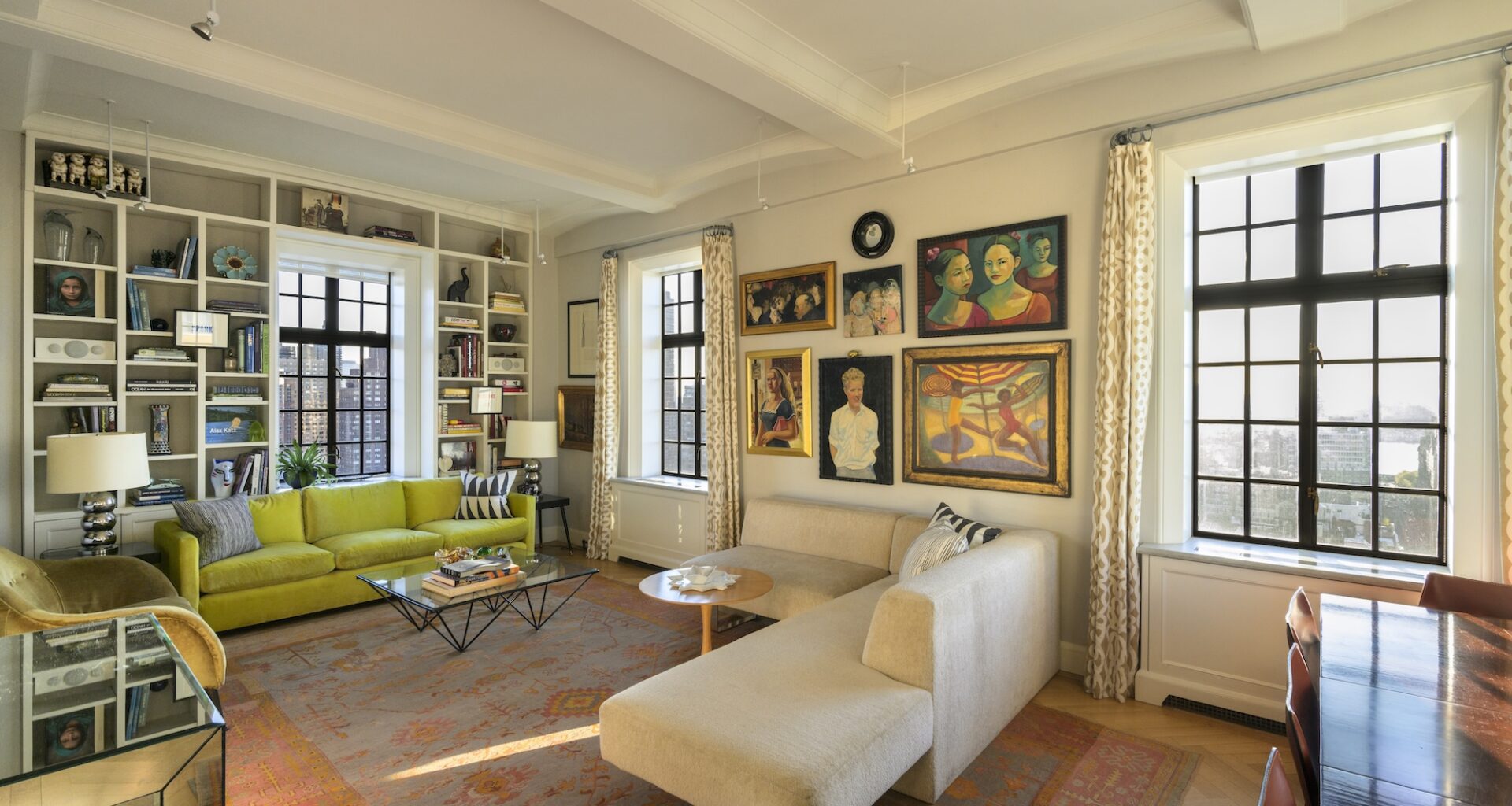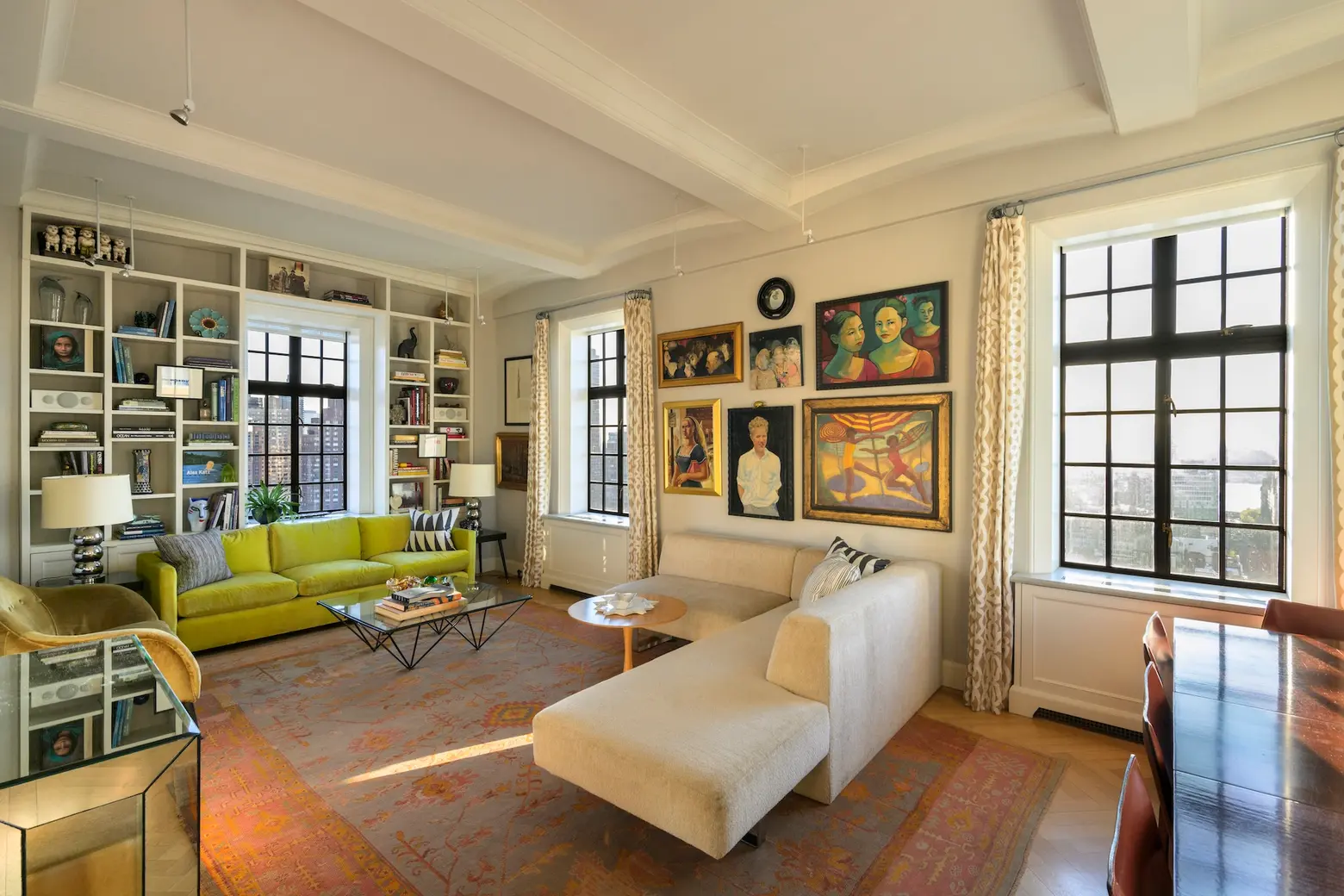
Today’s real estate headlines are typically dominated by new renderings of geometric glass towers designed by big-name architects and the latest record-setting penthouse sales. But not all New Yorkers are in search of floor-to-ceiling windows and rooftop pools. Some prefer ceiling medallions, cozy fireplaces, and creaky floorboards. And these nostalgia seekers are a bigger part of the real estate market than you might imagine.
“Pre-war apartments continue to attract a very specific type of buyer in New York City, someone who values history, craftsmanship, and architectural charm over the sleek amenities of new developments,” says Ben Jacobs, a luxury real estate broker at Douglas Elliman.
“Many of our clients love pre-war homes for their high ceilings, thick walls, original moldings, and that undeniable sense of character that simply can’t be replicated in modern construction. They often say it just ‘feels like New York.’”
The pros and cons of pre-war living
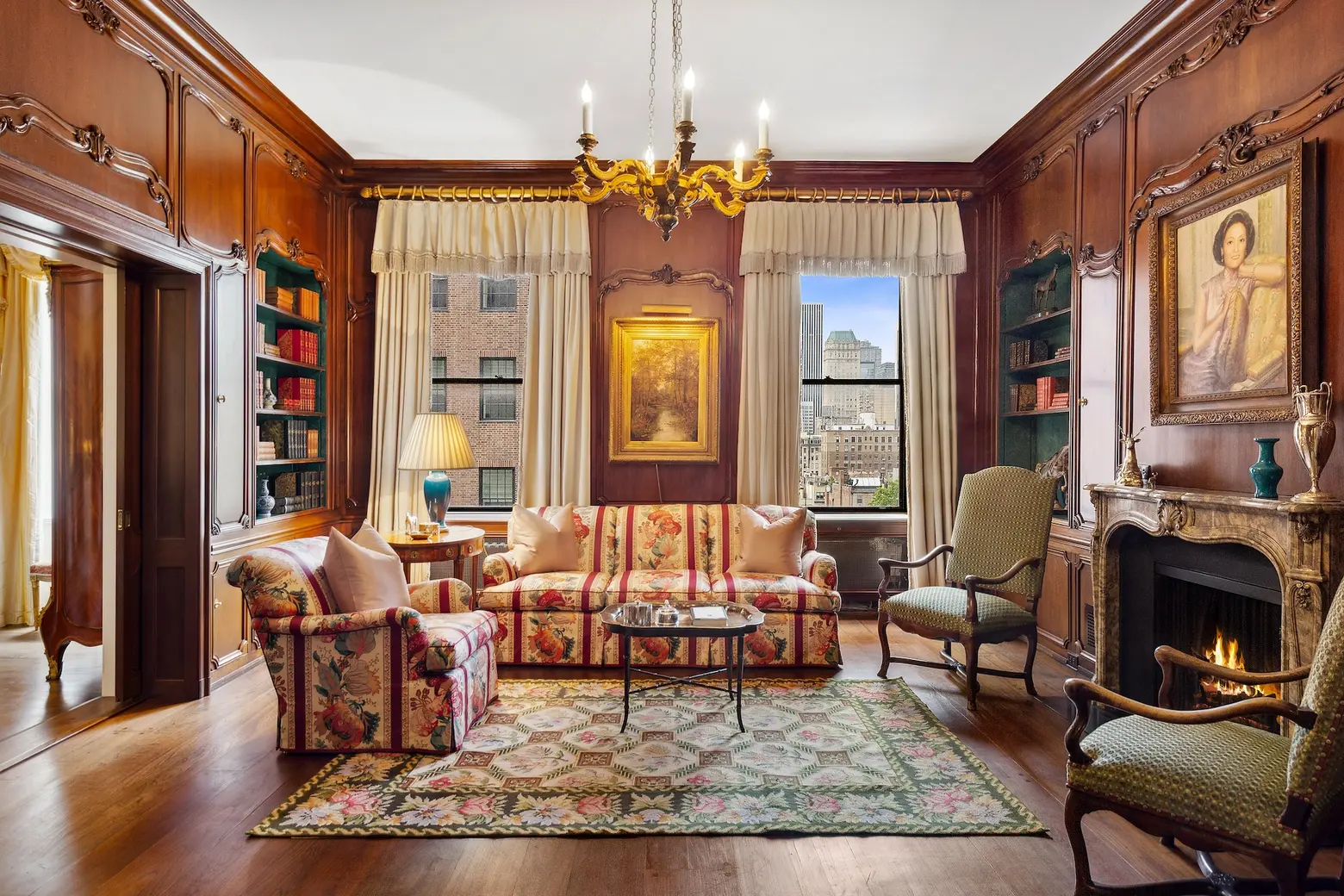 The pre-war co-op at 740 Park Avenue was designed in the 1920s by Rosario Candela. This mansion-sized duplex at the building sold for $17 million in 2023. Photo courtesy of The Corcoran Group.
The pre-war co-op at 740 Park Avenue was designed in the 1920s by Rosario Candela. This mansion-sized duplex at the building sold for $17 million in 2023. Photo courtesy of The Corcoran Group.
First, let’s define a pre-war apartment. According to CityRealty, these are buildings constructed during the “60-year period stretching from the 1880s to the mid-1940s.” Given this timeframe, there are some definite pros and cons of calling a pre-war home.
Of course, one of the biggest draws is the historic charm.
 On the market last year for $1.2 million, this two-bedroom apartment at 400 East 59th Street had lots of pre-war charm, from its herringbone-patterned floors to the original casement windows. Photo credit: Carli Biryla for The Corcoran Group
On the market last year for $1.2 million, this two-bedroom apartment at 400 East 59th Street had lots of pre-war charm, from its herringbone-patterned floors to the original casement windows. Photo credit: Carli Biryla for The Corcoran Group
“There is a graciousness to the architecture and the layouts, as so many of the apartments boast high ceilings, grand room scale, and details like crown moldings, beams, and elegant hardwood floors,” shares Steven Gottlieb, an agent at Coldwell Banker Warburg.
Ellen Sykes, also an agent at Coldwell Banker Warburg, discusses some practical features, such as thicker walls (better for soundproofing and insulation), built-ins, and traditional layouts, including formal dining rooms.
That said, if a buyer is hoping for an open floor plan, a pre-war apartment is probably not an option without a renovation, which brings us to the most-cited con.
“A lot of pre-war buildings haven’t been kept up to date with plumbing, electrical, and overall infrastructure,” points out Gina Conzo, another agent at Coldwell Banker Warburg. “If the building is landmarked, then completing renovations can be difficult and even sometimes limited.”
Kirsten Jordan, licensed associate real estate broker at Corcoran, echoes this sentiment: “Older infrastructure means running into surprises behind the walls, so budgeting for a pre-war project often means planning for the unexpected. Repairs and updates are typically more expensive, and you might confront quirky practicalities. Things like smaller bathrooms, restrictions on installing a washer/dryer, or updating plumbing due to building rules or design.”
The condo vs. co-op debate
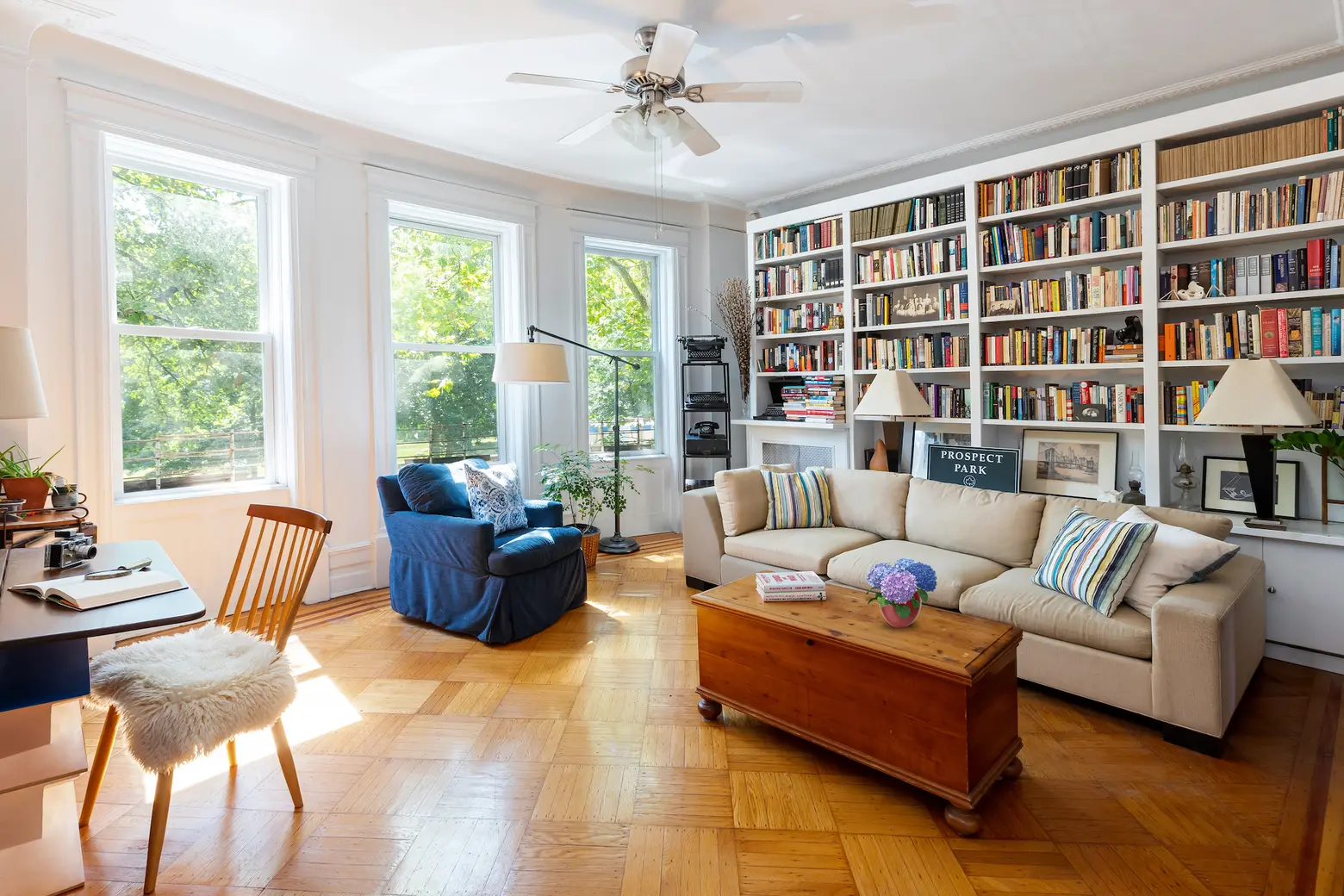 Brooklyn’s “Gold Coast” in Park Slope is full of pre-war gems. This Prospect Park-facing co-op sold for $1.95 million in 2022. Photo courtesy of Brown Harris Stevens.
Brooklyn’s “Gold Coast” in Park Slope is full of pre-war gems. This Prospect Park-facing co-op sold for $1.95 million in 2022. Photo courtesy of Brown Harris Stevens.
Not only are new developments and pre-war buildings different aesthetically, but they also present competing ownership opportunities.
“Since most pre-war apartments are in co-ops, this is really a co-op vs condo question,” states Clif Thorn, licensed associate real estate broker at Douglas Elliman.
“From an investment standpoint, some buyers believe a co-op is more financially stable overall,” he continues. “For example, during the 2008 financial crisis, more condos suffered financial hardships than co-ops. However, some buyers find co-ops to be too restrictive and prefer to have more direct control over their assets.”
Still, other buyers don’t want to divulge all their financial details and personal information to a co-op board. And “the barrier of entry to get into some of these co-ops is very high with lending and/or building restrictions,” notes Conzo.
Another consideration is that most co-ops do not allow subletting (buying and then renting out) as condos do, which limits the investment opportunity for some buyers, points out Jane Katz, an agent at Coldwell Banker Warburg.
However, Thorn does say that, “as time goes on, shareholders in co-ops are having to loosen the reins a bit on their restrictive policies in order to compete and maintain their values.”
The grand dames of pre-war living
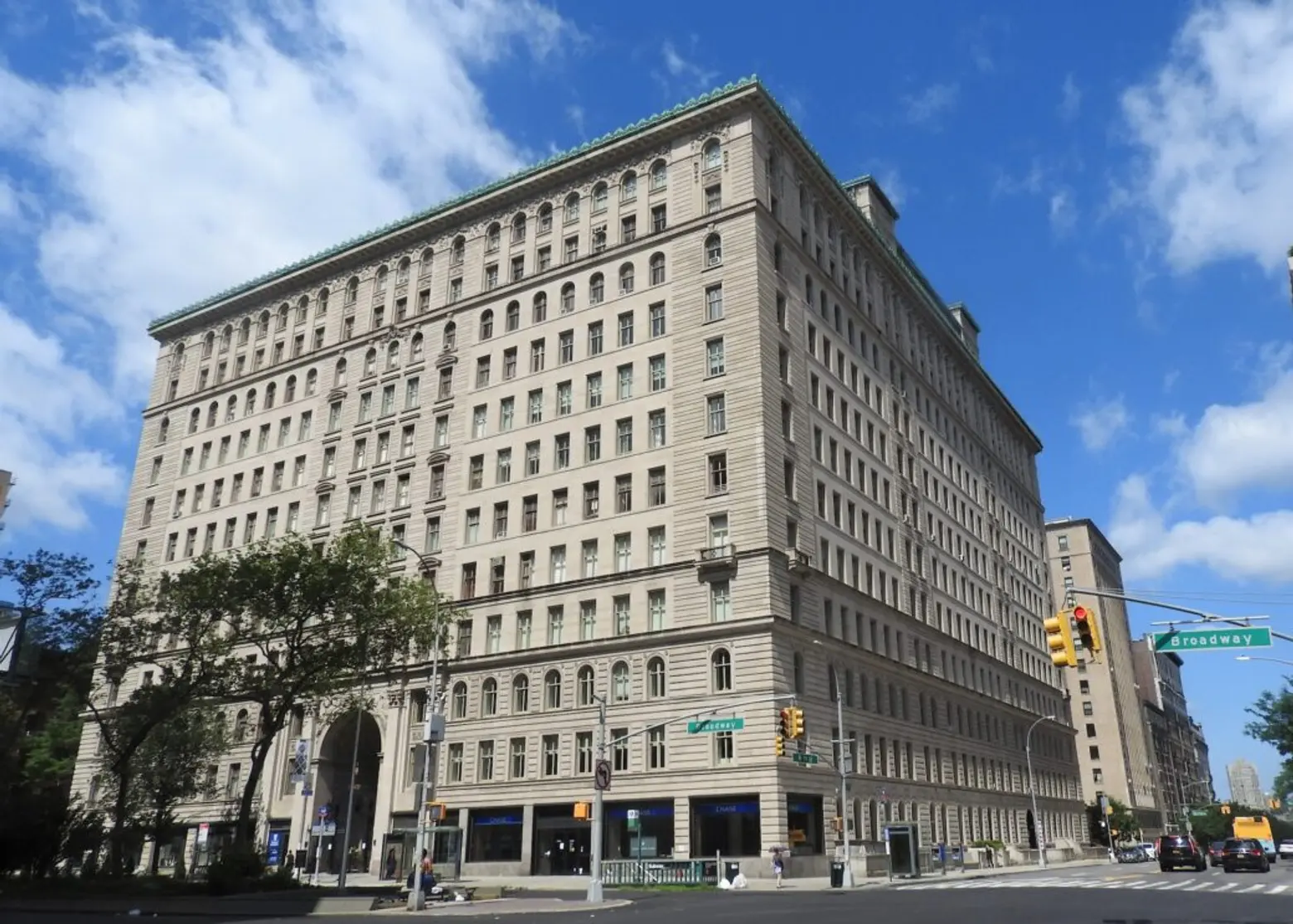 The historic Apthorp on the Upper West Side was converted to condos in 2010. Photo by Jim.henderson on Wikimedia Commons
The historic Apthorp on the Upper West Side was converted to condos in 2010. Photo by Jim.henderson on Wikimedia Commons
It’s important to keep in mind that not all pre-war buildings are untouched. Many developers are renovating these properties with the knowledge that buyers want a turn-key home that retains its historic character.
“I’ve seen properties like 580 Park Avenue, a classic pre-war that underwent a spectacular gut renovation, sell quickly and command strong prices,” shares Jordan. “Thoughtful upgrades in these buildings can really unlock value, because you’re blending architectural legacy with modern comfort. There’s a real market for buyers who crave that blend of history and quality.”
In general, Jordan is partial to the grand co-ops of Park Avenue on the Upper East Side. In addition to 580 Park, she calls out 4 East 70th Street and 740 Park Avenue.
“Beautifully maintained, each offers its own version of elegance and history,” she says. “Stepping into these lobbies, you immediately feel how meticulously they’ve been preserved.”
Thorn shares that he’s a big fan of the grand apartment buildings designed by architect Emery Roth, which are scattered throughout the Upper West Side, Upper East Side, and Greenwich Village.
“He is known for bold architectural features, mostly in the Art Deco style,” he says. “I showed an apartment in The Eldorado recently, and my buyer turned to me and said, ‘Walking through this lobby every day will make me smile.’ We wrote an offer that afternoon.”
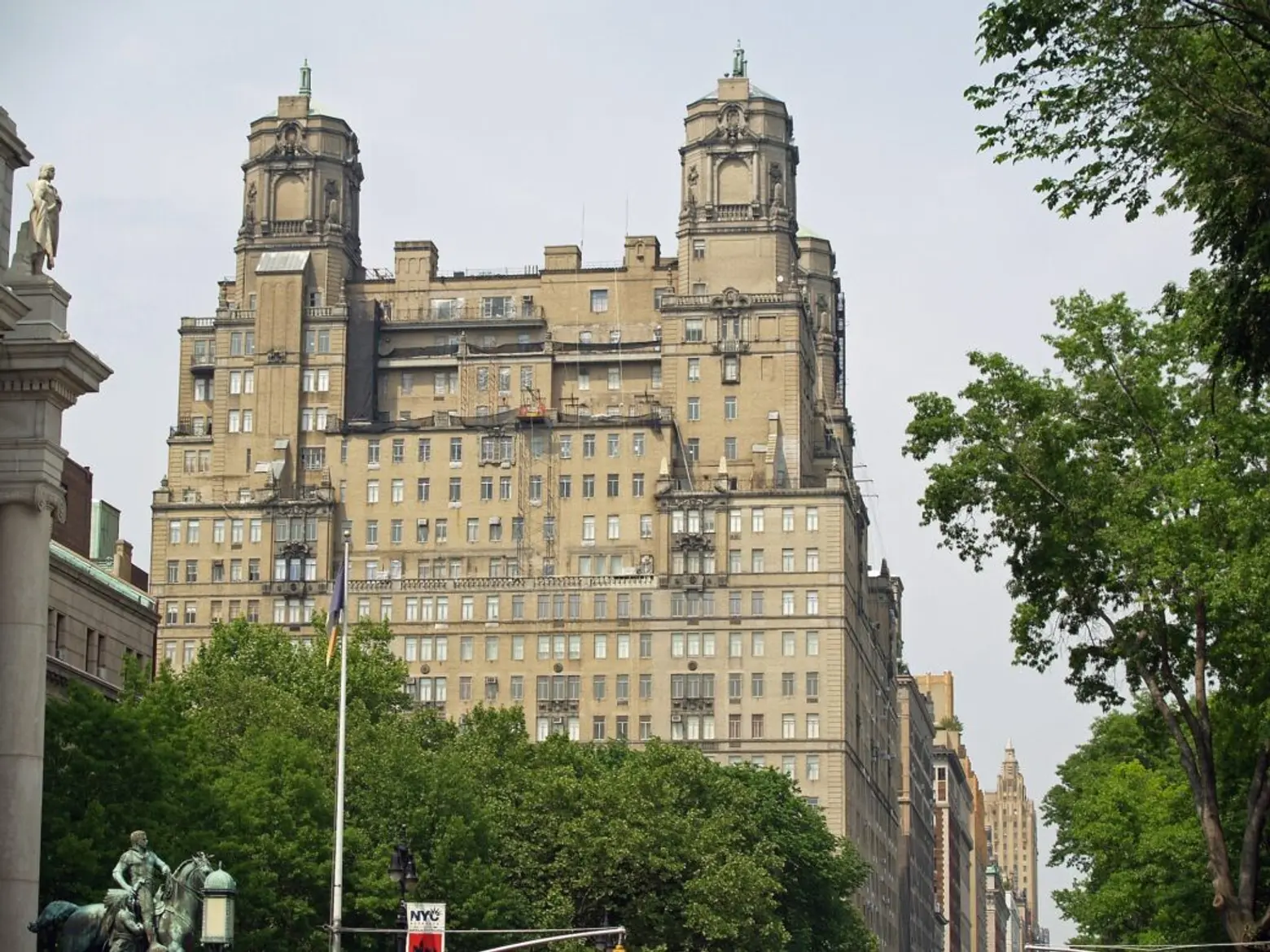 The Beresford at 211 Central Park West. Photo by David Shankbone on Wikimedia
The Beresford at 211 Central Park West. Photo by David Shankbone on Wikimedia
Some of Roth’s other famous projects include The Ardsley, The San Remo, The Shenandoah, The Beresford, and The Normandy.
Additional heavy hitters include The Apthorp, The Belnord (which stands in as “The Arconia” on Hulu’s “Only Murders in the Building”), and The Majestic.
Veronique Perrin, an agent at Coldwell Banker Warburg, has an insider’s tip: “I love all the co-ops in Tudor City; they are the best-kept secret for first-time buyers.”
All said, Jordan explains how there’s an intangible selling point to these buildings:
“Pre-war apartments offer something rare in New York: True history you can actually live in. The supply is finite—you can’t just build another 1920s gem. There’s magic in owning a piece of architectural heritage, with timeless details and a sense of character that’s hard for new developments to replicate. Walking into a pre-war lobby feels different; there’s a story and a soul behind every stone.”
RELATED:
